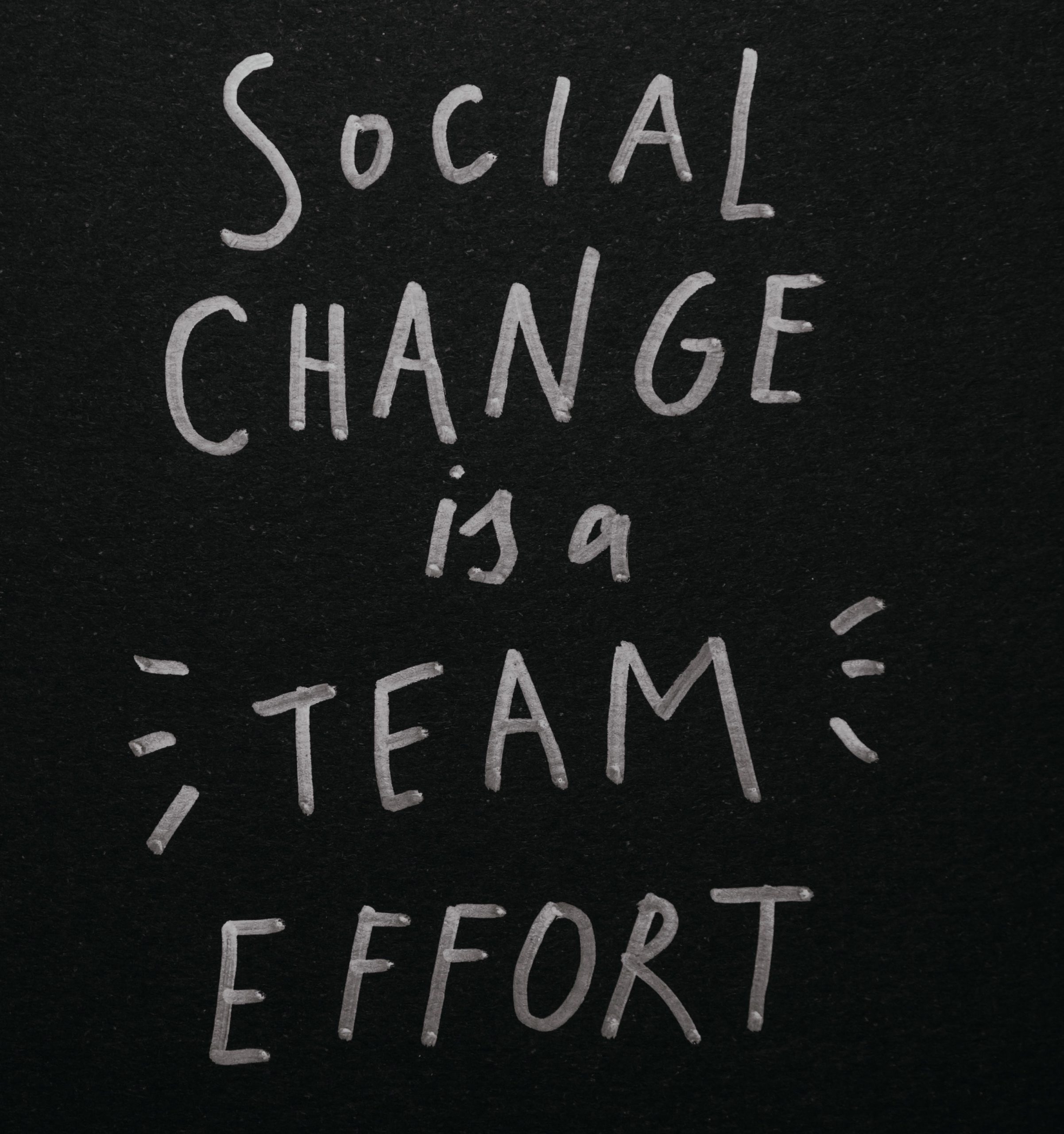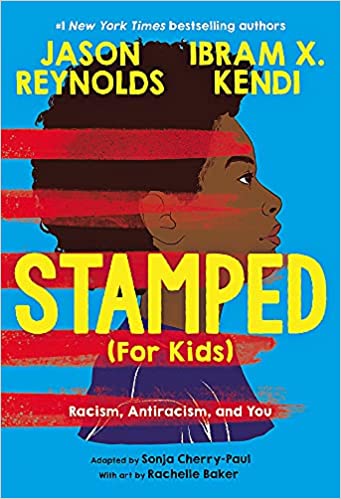 Talking about race makes a lot of people feel like squirming away. And even as there has been more widespread acknowledgement that race should be at the center of conversations about inequity, people still get scared or freeze up when it’s mentioned. This can leave a person wondering, “Is there anyone who is good at navigating these types of conversations?”
Talking about race makes a lot of people feel like squirming away. And even as there has been more widespread acknowledgement that race should be at the center of conversations about inequity, people still get scared or freeze up when it’s mentioned. This can leave a person wondering, “Is there anyone who is good at navigating these types of conversations?”
Former Broward County Superintendent Robert Runcie brought Glenn Singleton’s Courageous Conversations course to the district in 2015 as a months-long professional development training to help teachers understand how race can be central to outcomes for children.
Singleton’s Courageous Conversation training aims to help educators have the tools they need to participate in generative conversations about race. Developing racial understanding and having interracial dialogue about race is the foundation of creating equitable changes in schools and can improve student achievement. He says normalizing generative conversations about race allows other important priorities to happen. “[It] allows us to enter into the space to develop the skills, knowledge and capacities that we need to be able to take on the challenges presented to us by race,” says Singleton.
The Courageous Conversation framework for talking about race can be boiled down to what he calls the protocol. It’s made up of three parts: the agreements, compass and conditions.
The Agreements
Before engaging in a courageous conversation about race, participants need to acknowledge and commit to practicing the four agreements.
- Stay engaged means participants will be “morally, emotionally, intellectually and socially involved in the dialogue” and will not check out of the conversation. It’s not unheard of for people to shut down when the topic of race comes up.
- Speak your truth is being completely honest about one’s thoughts, feelings and opinions. Participants will say what’s on their mind, not just what they think others want to hear.
- Experience discomfort ensures that participants might feel some distressing emotions. That’s normal.
- Expect and accept nonclosure means there are no quick fixes and these conversations will be ongoing.
Excerpted from “A Framework for Conversations About Race in Schools.” Read the full article in KQED’s MindShift online for details on the remaining parts of the protocol, compass and conditions.
Listen to this episode of the MindShift Podcast for more information on how an entire district got on board with using Courageous Conversations about Race. And download the PDF to follow along with each part of the protocol.
Source: MindShift | A Framework for Conversations About Race in Schools, https://www.kqed.org/mindshift/58551/a-framework-for-conversations-about-race-in-schools | Copyright © 2021 KQED Inc
CHC offers free community education sessions for educators. Join us to learn practical teaching strategies you can use in your classroom to help more kids reach their promise and potential. Educator sessions are led by experienced educator/clinician teams from Sand Hill School and CHC.





